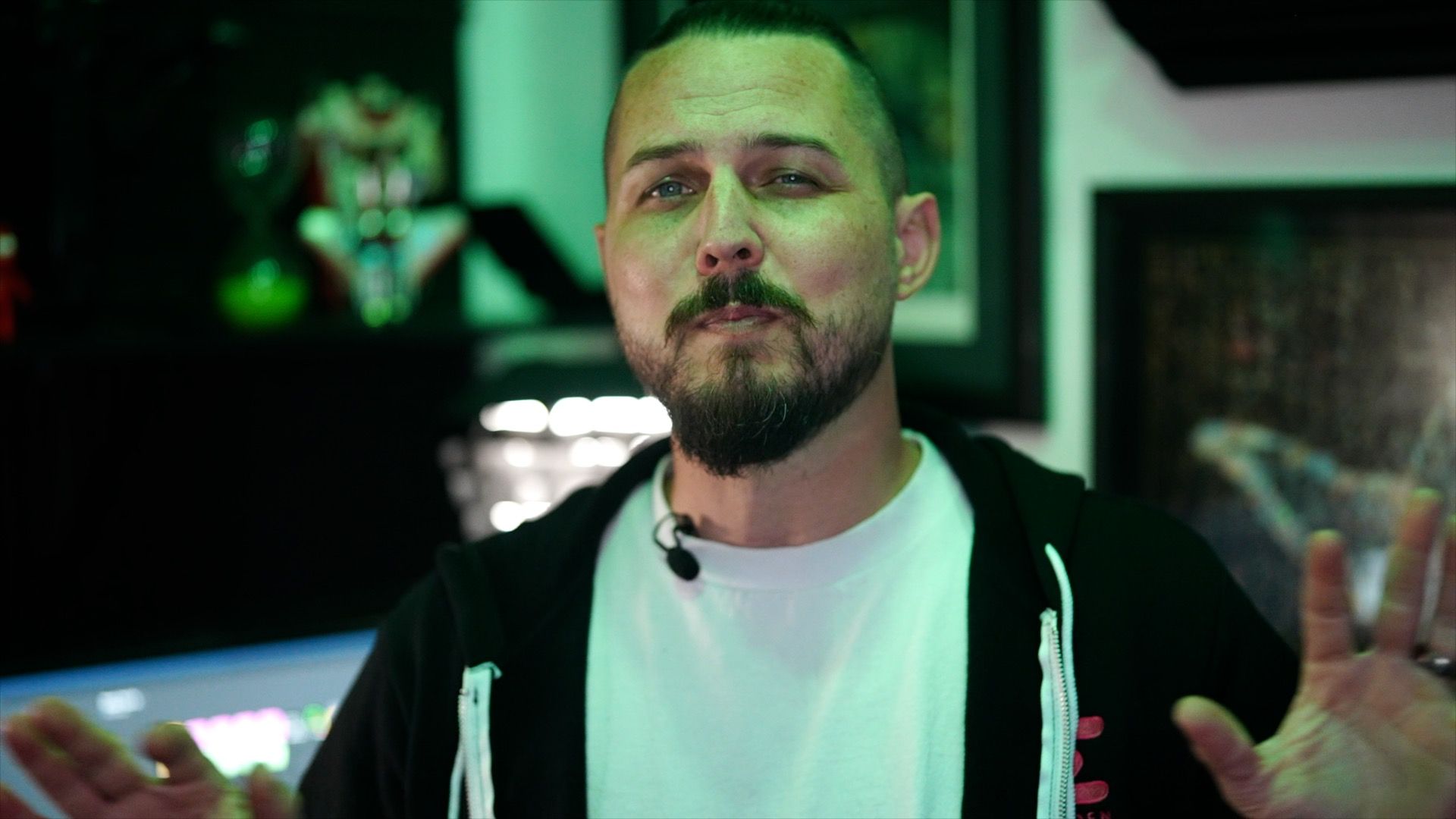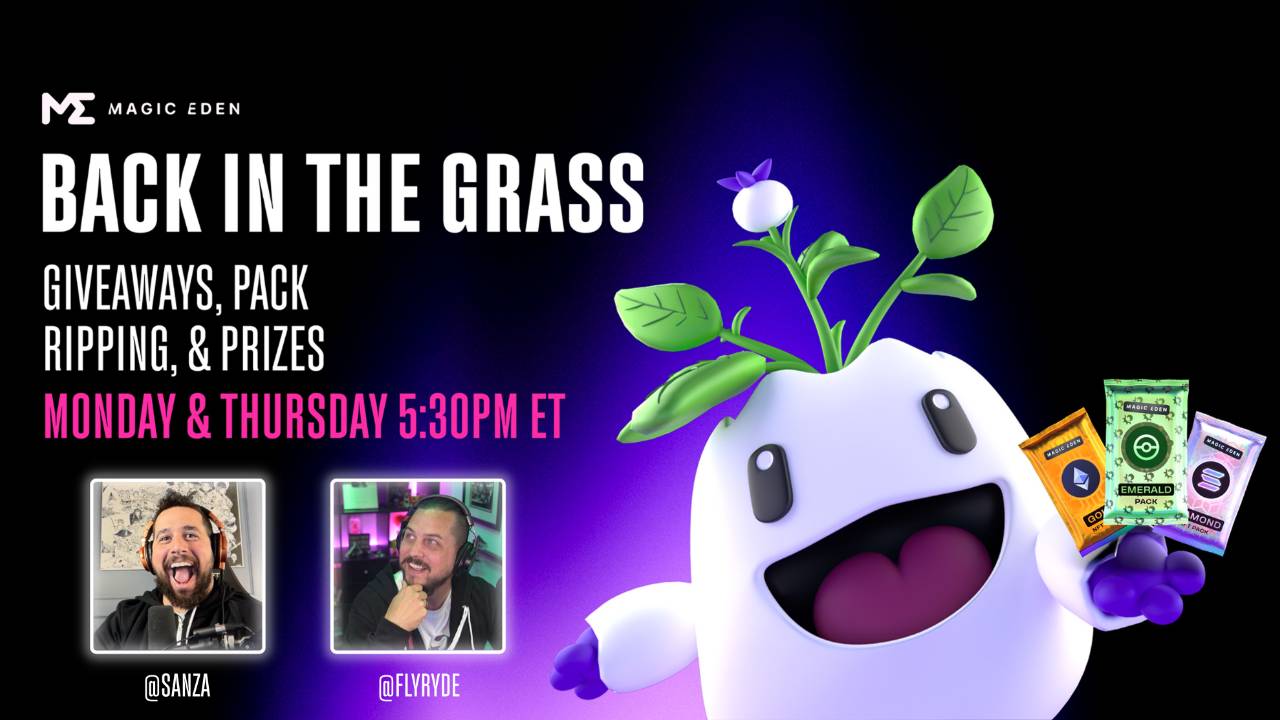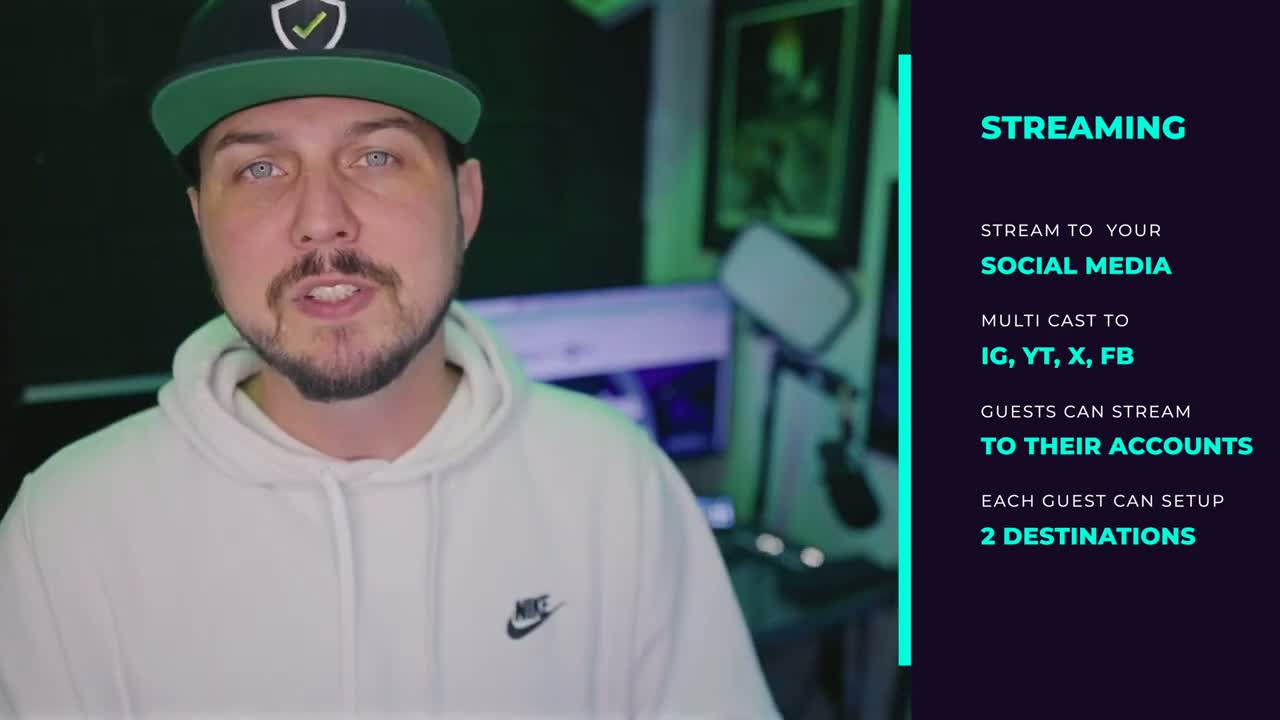So there’s Livestreams, Videos, Shorts, Podcasts, and Playlists.
Each of these has its place for web3 content, as do different platforms.
My workflow looks like like this:
-Livestream content to Kick
-Cut solid content for YouTube Podcast
-Find 3-7 Minute Clip Videos from that for standard YouTube Uploads
-cut moments into vertical shorts and post those to YouTube, and if they don’t suck, throw em on TikTok, IG /FB Reels
And of course, post any and all of that you feel will appeal to the web3 crowd directly to Twitter.
![]()
" Huge news for podcasters. YouTube's got the new podcast feature. I'm gonna show you how to get into it right now. If you're on your main channel and you click YouTube Studio, you're gonna be able to click on the left hand side here on content, and then scroll all the way to the right here on the channel.
Content types. We now have podcasts. You can add your podcast channel art and put a description for your specific podcast. And after that, it's gonna let you upload your video podcast directly to YouTube in a playlist. But I have some information about that. So about a year ago, I was with my buddy who edits for group Chat News, which is a really cool podcast, and they invited a dude from YouTube out who came in to talk to them about their analytics from what he told us.
YouTube is gonna be looking at all the analytics specifically for really long form type of content. And what that means for you is if you're typically uploading an hour long podcast and YouTube is comparing that to the analytics of a three to seven minute video, your audience retention is gonna suck.
It's just not gonna perform well. Because people are only watching a small percentage of it. But if YouTube introduces a whole new analytics system specifically for podcasts, that's gonna mean a completely different playing field. It means you're gonna be getting judged based on how people are watching you in comparison to other podcasts.
As opposed to in comparison to three to five to 20 minute videos, how does that affect you? Well, if you've ever uploaded any really long form live streams, you should probably take those down because they're hurting your channel analytics. Instead, download those things. Chop out only what you need for a good podcast episode, meaning no boring intros or outros.
Take the meat of that podcast episode, even if it's only 30 minutes, and upload it to YouTube. This is great news for people who are just getting into live streaming because of platforms like Kick, especially if you have guests that join you, maybe you're streaming for three hours, but your guest is only on there for 40 minutes.
Chop up that 40 minute video, upload it to YouTube podcasts, and boom. You've got a completely new type of content that nobody else is competing with yet. Two years ago I watched this happen with YouTube shorts. Nobody was making them. The few that took action really quick, got millions of subscribers. I watched it happen right in front of my eyes, and I will be on this wave.
I hope you will be too. I'll see you tomorrow."
![]()
That's indeed exciting news for podcasters! YouTube's new podcast feature opens up opportunities for podcasters to reach a broader audience and leverage the platform's extensive reach.
The ability to upload video podcasts directly to YouTube and have a dedicated podcast channel can enhance discoverability and engagement with your content. It's important to optimize your podcast channel with relevant artwork and a compelling description to attract viewers.
Regarding analytics, YouTube's intention to introduce a separate analytics system specifically for podcasts is a positive development. This means that podcasters will be evaluated based on their performance compared to other podcasts, rather than shorter videos. It provides a more accurate representation of audience engagement with long-form content.
The suggestion to repurpose longer live streams by extracting the most relevant parts for podcast episodes is a smart approach. By focusing on the core content and eliminating any unnecessary segments, you can provide a more concise and engaging listening experience for your audience.
It's great to see you embracing these opportunities and staying ahead of the curve. By being proactive and leveraging YouTube's podcast feature, you can potentially tap into a new audience and further grow your podcast. Best of luck, and I'll be here if you have any more questions or need further assistance!






